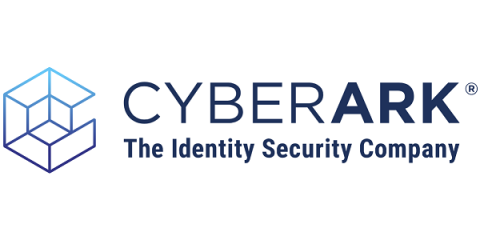How Endpoint Privilege Security Helps Organizations Protect Against Threats
Protecting endpoints is more important than ever, as existing threats like ransomware continue to damage organizations and emerging threats like AI-driven attacks add to the problem. As attackers find new ways to exploit an organization’s vulnerabilities, IT security teams find themselves under pressure to act quickly, often searching for new tools. However, when security solutions are bolted together hastily, problems arise.






